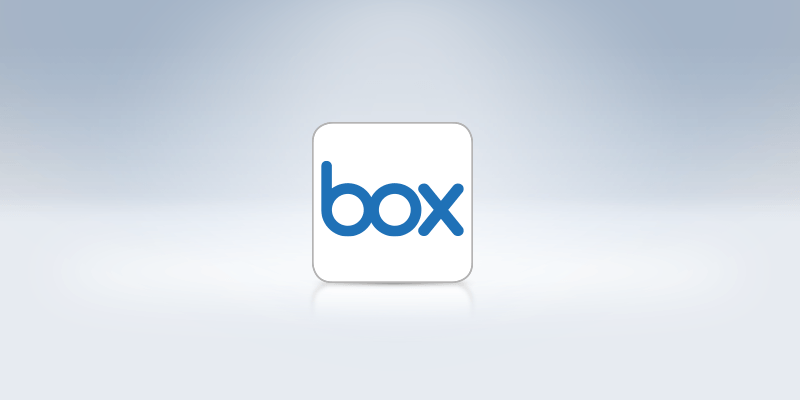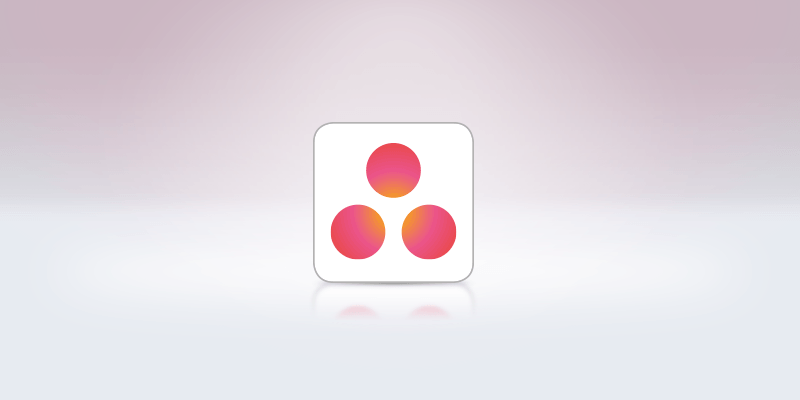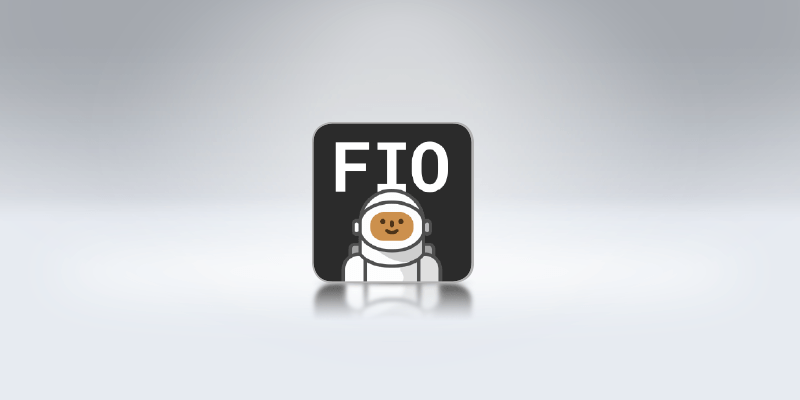
Reading time: 5 Minutes
From time-zone converters to idea generators, there are many options for remote workers that can increase a team’s productivity, efficiency and even happiness. Tech expert James Day reports
How do you manage a team if they’re not there? Welcome to one of the problems posed by the rise of remote working. Luckily, there’s a new style of online management to help fully tap any team’s potential, as these five remote management platforms show.
1. Box
What is it? Box is the business-focused version of Dropbox, Google Drive and Microsoft OneDrive, offering secure document collaboration centralised in one online place. Though most offer encrypted cloud storage, Box also has some clever features all of its own.
What can it do? Because it’s not tied to Google or Microsoft, it will handle whatever file type you throw at your team, so you can work collaboratively in real time without leaving the platform – which, ironically, includes Google Docs and Office 365 integration.
You can revert to previous versions, find buried files with a metadata-based keyword search and, if a mobile device is lost or stolen, remote logout and data deletion provide peace of mind for global brands such as Toyota, General Electric and LinkedIn, which all use the platform.
Downsides? ProdPad’s functionalities are not always as intuitive as they could be, potentially leaving you overwhelmed and finding it hard to navigate.
Should you use it?
Box is ideal for firms seeking a secure cloud storage platform built with businesses in mind.

2. Asana
What is it? Designed to track the progress of projects, Asana focuses on work management. While enterprise messengers streamline communication, and services such as Box help staff collaborate, Asana checks your team are on top of things, irrespective of location and time zone.
What can it do? The app works by adding tasks, teams and deadlines so everyone knows who is doing what by when. It’s also deliberately colourful, simple and fun so staff don’t get stressed out. “Our role is to help leaders understand where their attention can be most useful and what to be focused on,” Asana CEO and Facebook co-founder Dustin Moskovitz told TechCrunch.
Valued at $1.5bn, the app is adding AI features anticipating what users need to see first and prioritising tasks based on previous behaviour. Users include London’s National Gallery, British supermarket giant Tesco, Sony Music and Uber, which uses it to manage city expansions.
Downsides? Asana’s big rival in this space is Trello and, while the former is far more feature-rich when it comes to paid-for plans, Trello’s free offering is the better choice if you’re after stripped-back simplicity.
Should you use it? Asana is for companies looking to get organised from the bottom up, so it is suited to small firms or small teams within bigger businesses.

3. ProdPad
What is it? Product management requires more than a nicely designed roadmap and ProdPad knows it. Instead, the platform populates that roadmap with inspiring input from you, your team, and even your customers.
What can it do? A clear and concise control panel displays current, near-term and future tasks, while fresh thoughts and ideas are dropped in on-the-fly. That way everyone up to stakeholder level sees what you’re planning and how you’re going to get there, killing unnecessary calls, emails and meetings.
ProdPad calls this ‘idea management’ and, as well as allowing staff to vote, comment and submit their ideas, you can (brace yourselves) gather customer feedback from outside the organisation… you know, the people who are actually buying your product.
Downsides? ProdPad’s customer feedback mechanic can be like opening a can of worms. It will inevitably include a lot of noise, potentially leaving you overwhelmed and finding it hard to keep up.
Should you use it? You’re in good company if you do: Bose, Siemens, HP and Telefonica all use this tool for team engagement and idea generation.

4. FIO
What is it? FIO is a time-zone tackler, making it easier to schedule meetings and work collaboratively with a global workforce, or keep in touch with family and beat jet lag if you’re travelling.
What can it do? This free Google Chrome extension, or alternative web version, asks you to input multiple locations, including your own, then assigns them with a colour that changes depending on the time of day. It even flags national holidays and seasonal summer clock changes.
FIO adds an easy tab to web browsers to refer back to when you’re working and offers a timely reminder of where you are and what time it is, so you don’t call clients – or your partner – at two in the morning.
Downsides? As FIO only works with a web browser, it means you’ll always need to have Chrome open to see it when sometimes a glance at your smartphone could suffice.
Should you use it? It’s a simple solution for sparing embarrassment and making sure you’re maximising opportunities to talk to your colleagues while you’re all awake.

5. HappyMeter
What is it? HappyMeter is an anonymous weekly happiness meter checking in on staff to drive better results. A free trial exists for those who want to give it a go.
What does it do? According to the Mental Health Foundation, poor mental health is the leading cause of staff sick days in the UK, costing employers £2.4bn per year. But how do you tell if your team is troubled if it’s not workplace-based? With HappyMeter, employees receive a Thursday email with 24 hours to express their feelings, and the team leader receives a Friday report with suggested actions for improving morale. Its creators claim a 90 per cent participation rate, with users including the UK’s National Health Service.
Downsides? Friday reports run the risk of piling added pressure on to you leading into the weekend. Ask yourself if you can cope with the potential anxiety and whether waiting until Monday to action anything will work.
Should you use it? It’s great for lowering sick leave, increasing productivity, and improving morale.

James Day is editor of Stuff magazine, associate producer at The Gadget Show and tech-editor-at-large for design and architecture title Enki
Download the free Regus App to find on-demand workspace and book it in moments, wherever you are


